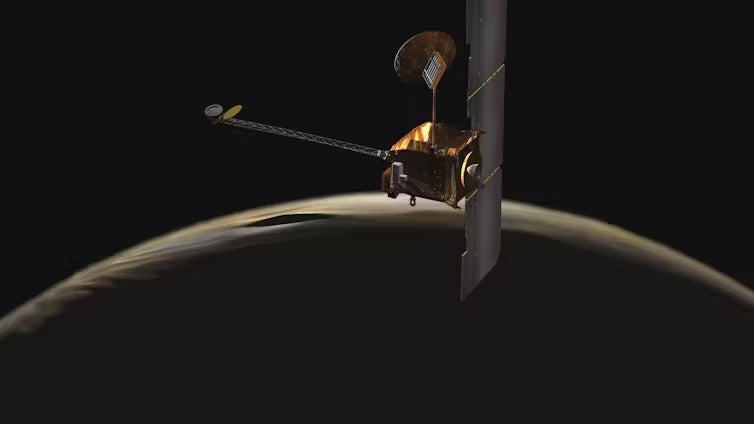Every single episode of MacGyver would have been ruined had he gotten his hands on a few patches of a new robotic skin developed by researchers at Yale University.
A diversion to distract cartel enforcers? Wrap a stick of dynamite in robotic skin and it’ll walk itself around the corner and explode. Snatch keys from the warden’s neck? Stick a few of those skins together to make a robotic arm. Escape from a flying airplane? Well, in that situation he tied a parachute to a convertible, coolly remarked that, “This could be fun,” drove that bad boy out of the open cargo door and floated gently to safety. There’s always an out.
Still, you get the point. The Yale researchers’ new twist on flexible, multifunctional robots can turn all kinds of inanimate objects into robots capable of performing basic tasks. The skins are actually elastic sheets embedded with a network of sensors and actuators that flex and relax like a muscle. The sheets can button together to form a sheath, or they can be linked together to make a more complex machine.
“We can take the skins and wrap them around one object to perform a task — locomotion, for example — and then take them off and put them on a different object to perform a different task, such as grasping and moving an object,” says Rebecca Kramer-Bottiglio, an assistant professor of mechanical engineering and materials science at Yale. “We can then take those same skins off that object and put them on a shirt to make an active wearable device.”
For example, Kramer-Bottiglio’s team connected a series of robotic skin patches to the upper body part of a T-shirt. Sensors detected when the person wearing the shirt slouched and provided physical, corrective feedback to encourage good posture. You have no power here, “cell phone hunch.”
Robot Skins for Space
Kramer-Bottiglio says the robots were originally designed with NASA astronauts in mind. Every single pound that’s sent to space costs about $10,000 to get there. So, rather than bringing an army of robots each capable of a single task, Kramer-Bottiglio envisioned sending lightweight, multifunctional robotic skins that can do it all. They’d serve as the Swiss Army knives of space robots and potentially save thousands of dollars in cargo costs, as well. The team published its robo-skin concept Wednesday in Science Robotics.
Multifunctionality will likely remain highly desired trait for robotic systems that accompany deep-space travelers someday (maybe) in the future. The environment they encounter will be foreign and the situations impossible to predict. If robots are to be of any use out there, they’ll need to adapt on the fly just like us.
This article originally appeared on Discovermagazine.com.









